Share Buttons And Their Use In Positioning - Semalt Expert
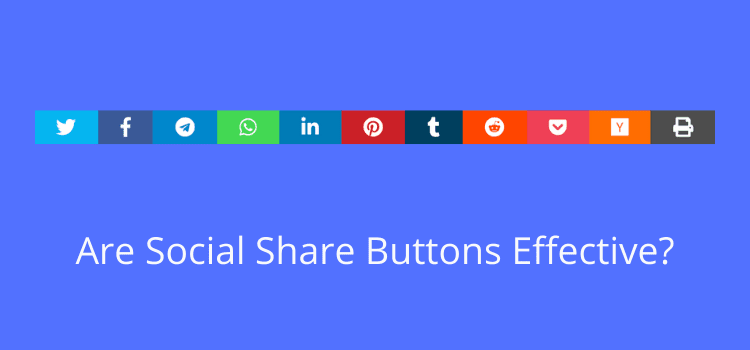
Share button used in the right place and context is an effective recipe for increasing traffic on the site. But how do you choose the right buttons? Where to put them to realistically increase the conversion? In this post, we have compiled a handful of practical tips and a list of the best plugins for you.
If you run a website or blog and you want more people to read your content, you should ensure the correct configuration of share buttons. We know that it can seem quite complicated at first, so to give you a good start, we will present not only the benefits of using share buttons, but also suggest how to add them to specific CMSs. We will also solve the dilemma of where is the best place to put share buttons to increase their clickability.
What are share buttons?
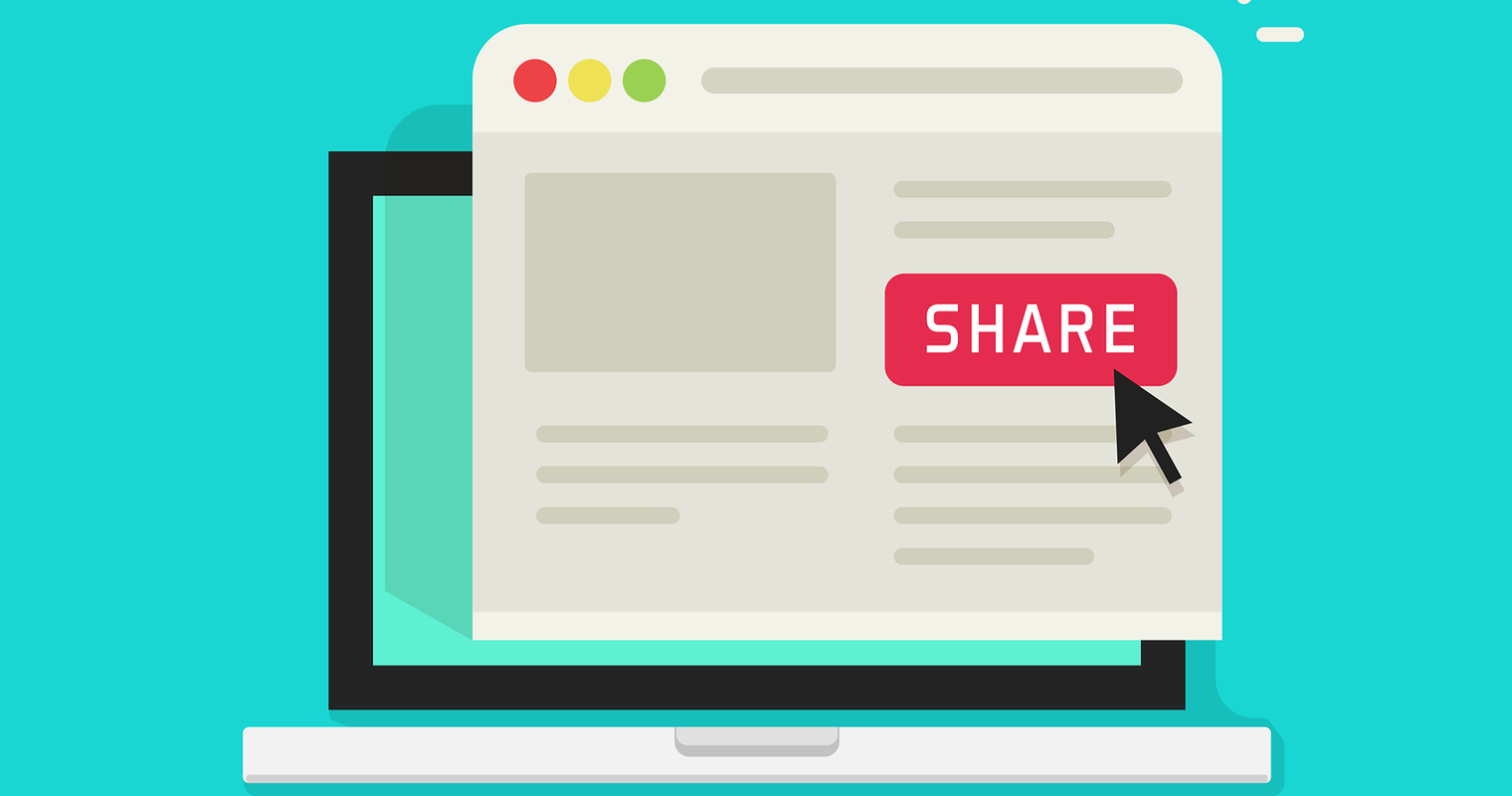
Share buttons are small icons that refer to Pinterest, Facebook, or Instagram on blogs or websites. Thanks to them, users can quickly and easily recommend a given page (e.g. an article, product, or even a company's website) on social networks or share it privately by copying a link or selecting a specific messenger from the list.
All they need to do is scan the content with their eyes, find the icon they are interested in and share the entry with their friends. Share buttons are a simple yet effective way to promote your website and increase brand awareness among Internet users. And that's exactly what we care about.
What are the benefits of adding share buttons on a website or blog?
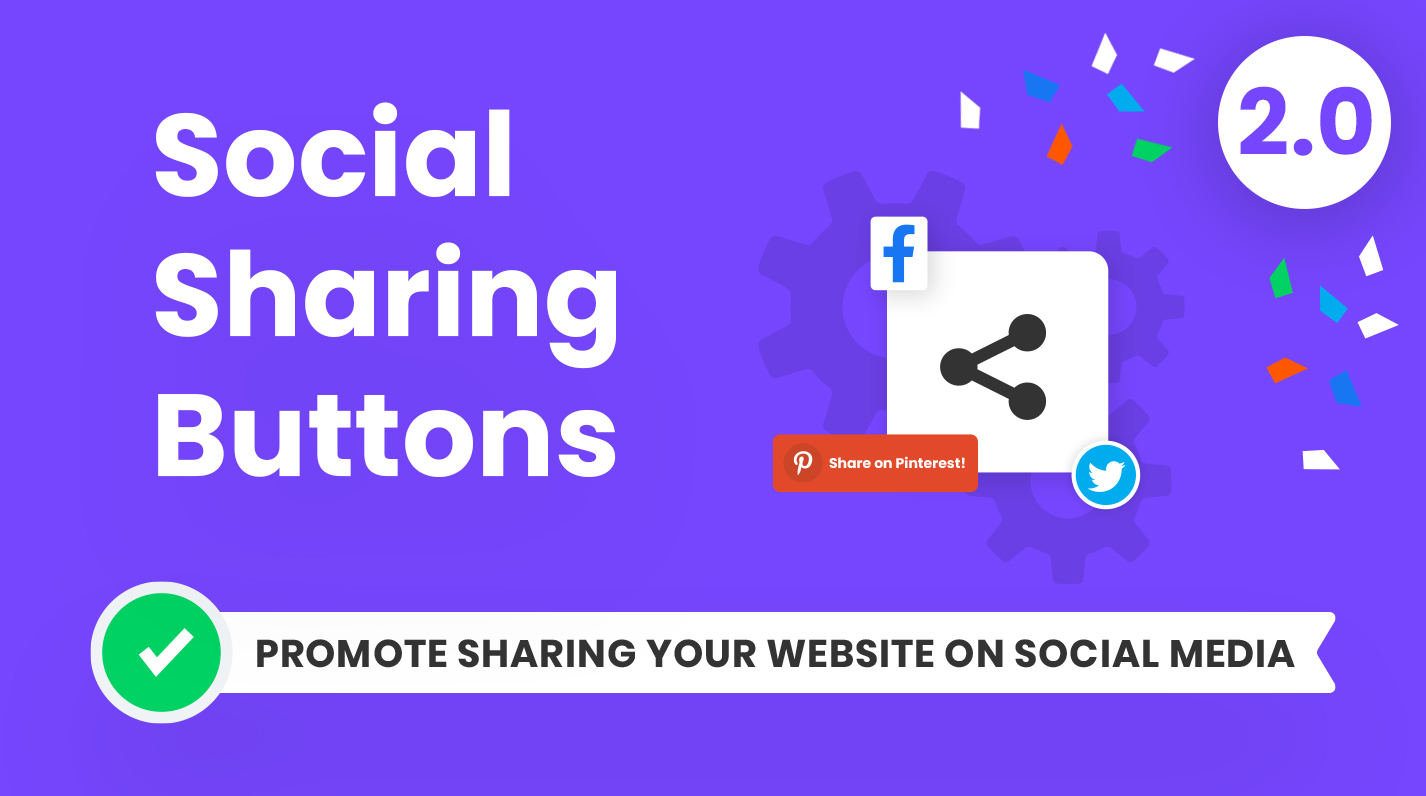
The number of likes and shares on social media is an important currency, or more precisely - an indicator of how much you have managed to engage users. Their involvement, in turn, is one of the main goals of any marketing activities and, at the same time, a measure, among others, of the popularity of the content.
This is where the share button comes in - a simple but really necessary element of a website that will allow you to not only measure user engagement more effectively, but also increase it.
Remember that traffic from social media is not everything - take care of the wide positioning for your website!
Benefits of having share buttons
You broaden your audience
Sharing content causes a chain reaction that brings users to you who would normally never know about the existence of the site.
You get valuable, natural links
The more high-quality links from social media our website has, the more trustworthy it is for search engines. The number of shares, tweets, or likes translates into the attractiveness of the website and its clout, among others, by improving the indexation of the site. Use the Dedicated SEO Dashboard to analyze the quality of these links.
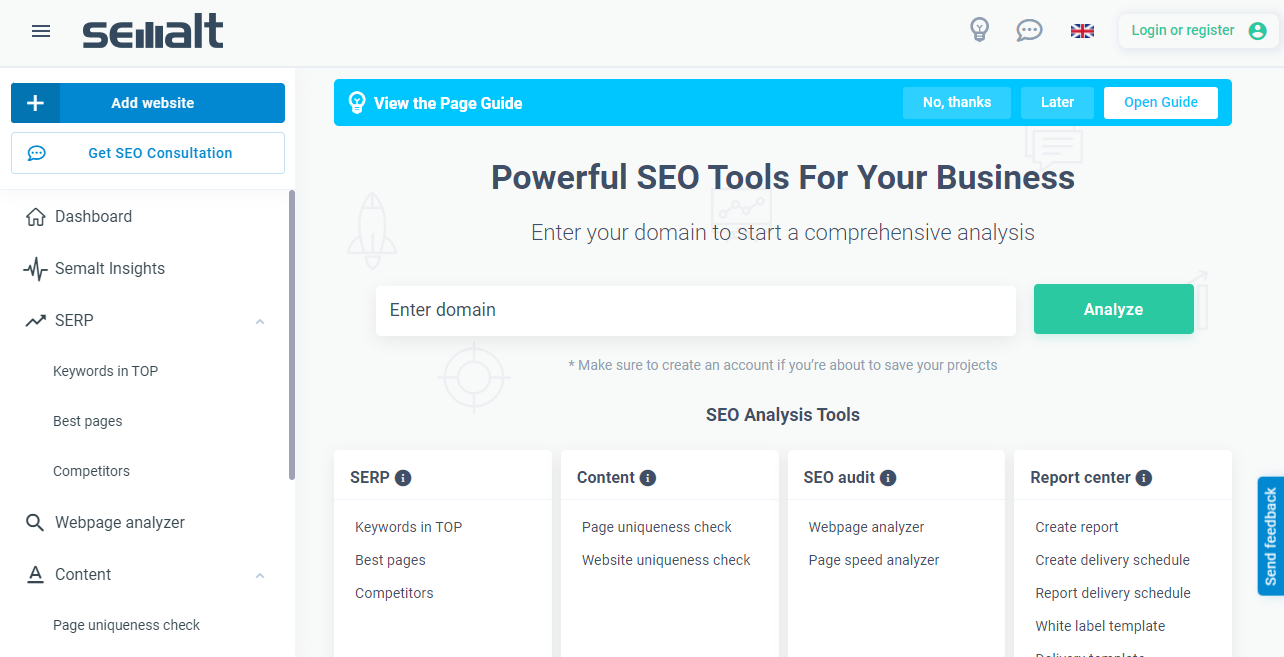
You gain valuable brand or product recommendations
It is worth remembering that recommending a friend or trusted online persona is a great time for a potential customer to first contact the brand.
You collect valuable analytical data
The number of shares and likes informs about the relevance of the content. Feedback on how much a given article or product is liked by users helps to define, target, or improve the company's marketing strategy.
You increase traffic on your website or blog
Each input from the social media in which your website was made available is a valuable opportunity to gain new audiences and diversify the sources of traffic leading to the website.
You gain loyal customers
Having users share your content gives you almost one hundred percent certainty that they will come back to your website.
You improve the UX of your website
All thanks to the fact that you make it easier for users to operate within the website. Thanks to share buttons and other Social Media Optimization activities, users don't have to go through the tedious registration process to comment or share your content, as they can do it with a simple click of the social share button.
You give users a choice
Thanks to the variety of social media choices, your recipients can decide in which medium they will share your content. Pinterest, Twitter, Instagram? Or maybe all three, for example.
You can personalize the experience of your recipients
Many widgets designed to implement share buttons on your website offer the possibility of personalizing and choosing exactly the social media or bookmarking sites that your target group uses most often.
Where to put share buttons?
The method you need to follow when choosing the perfect place to put the share buttons on your site is to take over the user's perspective. The buttons must be located in places that the person viewing the page will easily notice - after all, you do not want the difficulties with finding the button to cool the reader's enthusiasm or lead to the decision to resign from sharing.
Every second is precious, so make sure your share buttons are eye-catching and in a visible location.
The most popular places to put share buttons are:
Before or after the header
These are popular solutions that allow you to quickly catch the user's attention and are quite a default option that the reader will quickly and independently deduce also while reading. But beware - we advise against using them in long texts, after which the user would have to scroll to the top to share the article. We recommend it for short press releases and news.
To the left/right of the post
The big advantage of this solution is that the reader will see these icons while reading the text. The reader may at any time decide to use the share buttons and share the text right away. Not at the beginning, not at the end, but e.g. at the most interesting part of the article.
Under the post
The user sees the icons immediately after reading the text - if he / she likes it, he / she can decide to share it.
Which option do we recommend the most?
The first option, which is to put the share buttons at the top, is quite risky for pages that are not purely informational or publish mostly long texts. The other two solutions are a universal choice, but especially user-friendly is the proposal to place sticky share buttons on the website next to the text column (№2).
Eyetracking - where are users looking?
Eyetracking is a modern method of tracking the slightest eye movements while browsing the web. Thanks to this technology, we can find out which places on the website attract the customer's eyes in the first place.
Acting in accordance with user behavior increases the chances of sharing content and improves UX. Remember - universal results are not enough. A separate eye-tracking should be carried out for each side, the result of which will be the preparation of a fixation map - the trajectory of eye movement. Eyetracking is very widely used, especially in the field of advertising - research has proven that using the fixation map has a positive impact on sales growth and customer satisfaction.
What's too much is unhealthy - what is the risk of excess share buttons?
Despite the benefits of using them, an excess of share buttons can do more harm than good to the site. Why?
Long page loading time
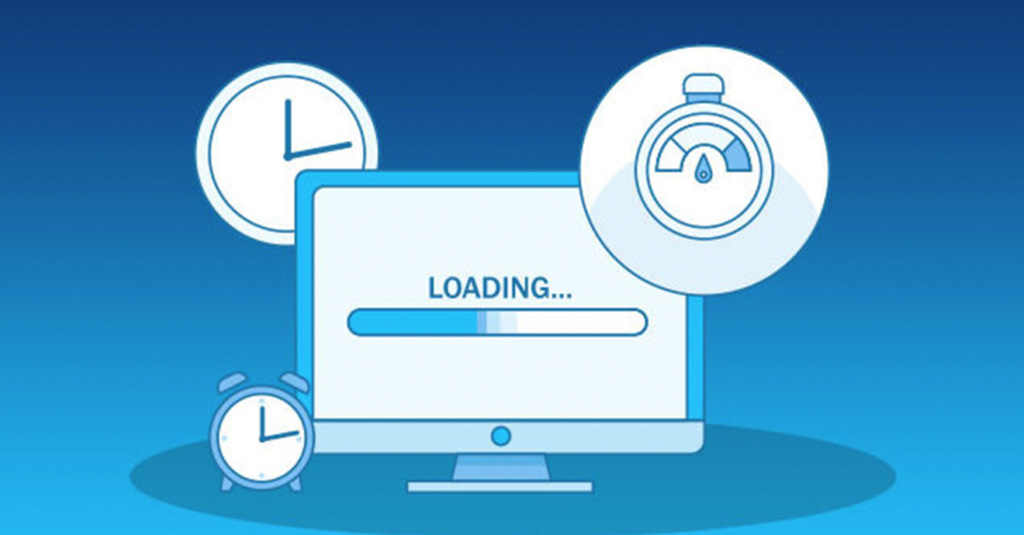
UX, or User Experience, is a collection of user experiences related to their activity on the web. Matching the website to the needs of the recipient determines what associations and feelings they will have towards your website, and they can find out whether the presented content interests them within a few seconds by scanning the page with their eyes.
But what if the user gets bored even before reading the content, and the excess of stimuli effectively scares him/her off before reading the article?
Be aware that too many share buttons may increase the page load time. Each button uses JavaScript, and the more buttons we place on the page, the more scripts will have to be used to open the page. And we 21st-century internet users don't like waiting for a page to load.
The excess of options distracts attention and decision-making
We also don't like choosing from too many options. Probably everyone knows the feeling of difficult choices in front of a store shelf with different versions of similar products. What to do to prevent a visitor to our website from feeling the same? To prevent reader consternation, be careful not to endlessly multiply the number of share buttons.
Zero shares ≠ prestige
A large number of shares increases the prestige of our blog. This process works both ways - the number 0 next to the button icon may discourage a person visiting our website from reading its content. Consider which share buttons can generate the most traffic and which will be not only redundant but also counterproductive.
Tip: You should realize that sometimes using share buttons doesn't make much sense. Placing them in the "about me" tab will probably not promote your blog. But will it hurt the user experience? Maybe not, but you should be careful and not slow down your pages for nothing.
The 9 best sharing buttons plugins and apps

1. ShareThis
ShareThis is a tool that allows you to add sharing buttons to websites based on CMSs such as WordPress and Shopify. You can choose a modern design for both classic horizontal buttons and side buttons.
2. AddThis
AddThis is a tool that supports platforms such as WordPress, Shopify, Tumblr, and Blogger. It is distinguished by a well-designed floating bar and easy operation, as well as a wide selection of button locations (expandable, visible after hovering over the image with the cursor, in the form of a banner or slider).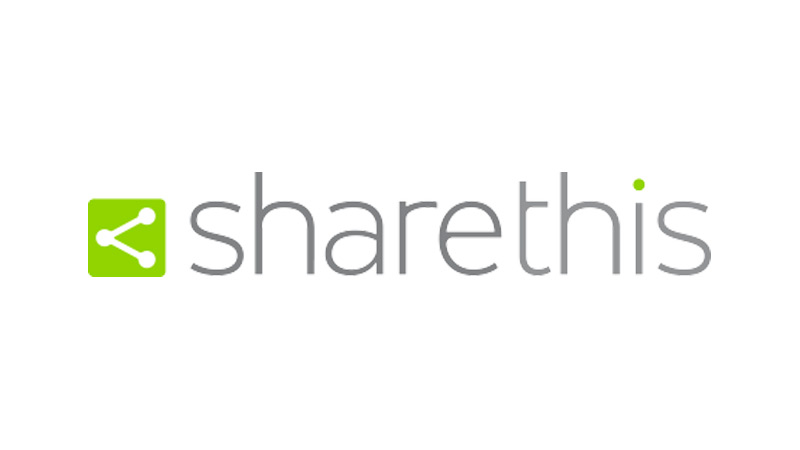

3. AddToAny
AddToAny is a tool for placing sharing buttons on the website, which works well with, for example, WordPress, Tumblr, Drupal, and Joomla. The location of the buttons can be selected from many options, including above, below, or to the side of the text. The colors of the sharing buttons are wide and universal.
AddToAny is a plug that anyone can handle. It also allows you to count likes/shares and to place the button in a selected area on the blog or website. The downside of the plugin, however, is its low performance.
4. Shareaholic
Shareaholic allows you to put horizontal and side sharing buttons on a page. It works with CMSs such as WordPress, Drupal, or Tumblr, but thanks to the possibility of placing the code for the tool on the website, it has virtually no limitations.
5. ElfSight Social Media Share Buttons
ElfSight is a premium plugin that allows you to get responsive, UX-friendly sharing buttons with very wide personalization options. On the ElfSight website, you can use the demo version of the Social Media Share Buttons tool and see what it offers in practice.
6. Sumo Share
This plugin is popular mainly due to its intuitive interface and the possibility of placing the buttons in many places. In addition, the plugin allows you to hide the meters, which is a big advantage compared to some competitors. It is also worth adding that Sumo Share allows you to share your content on a very wide range of social networks.
7. Social Warfare
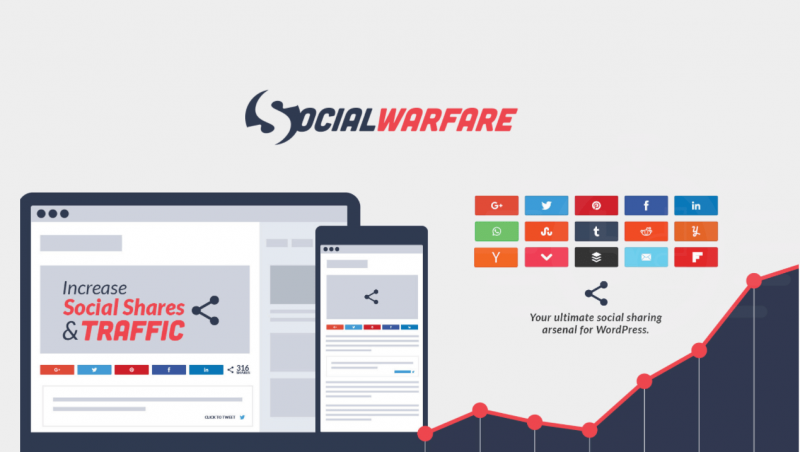
The tool supports many social networks (including the most important ones - Facebook, Twitter, Instagram, or Pinterest). The basic version offers everything the competition does, but if your budget allows it, it's worth taking a look at the premium option.
8. Easy Social Share Buttons
This free plugin allows you to place convenient sharing buttons on your website, as well as a followers counter. An interesting feature is the live chat option. It is worth adding that "Easy Social Share Buttons" allows you to share your content on over 50 different platforms.
9. Grow Social
Formerly known as Social Pug, Grow Social plugs in with a variety of options. It allows you to place floating buttons everywhere on the page - importantly, this also applies to mobile devices. The possibilities of customization are quite wide - you can even put your own text on pop-ups.
Additionally - official sharing buttons of individual social media
The most popular social media have their own sharing buttons. For example, Twitter offers customizable buttons for users, through which readers can not only share your content, but also follow you on Twitter or mention you in a post.
Share buttons - summary
Share buttons are an extremely easy and accessible way to promote your website. Inserting buttons does not require specialist knowledge, just use free solutions available on the Internet. Thanks to them, your website will be more visible on the web, and you will receive valuable feedback that will allow you to monitor the reception of specific entries by readers.
Sharing content has never been easier. Use this knowledge to your advantage!